Formula C2H5NO2 Molar mass 75.07 g/mol | Boiling point 114 °C Density 1.05 g/cm³ | |
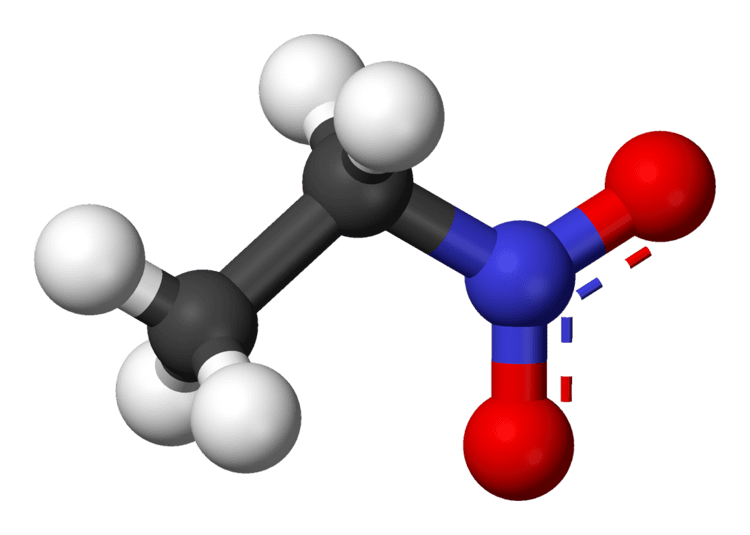 | ||
Related compounds Similar Nitromethane, Benzaldehyde, Piperonal | ||
Nitroethane is an organic compound having the chemical formula C2H5NO2. Similar in many regards to nitromethane, nitroethane is an oily liquid at standard temperature and pressure. Pure nitroethane is colorless and has a fruity odor.
Contents
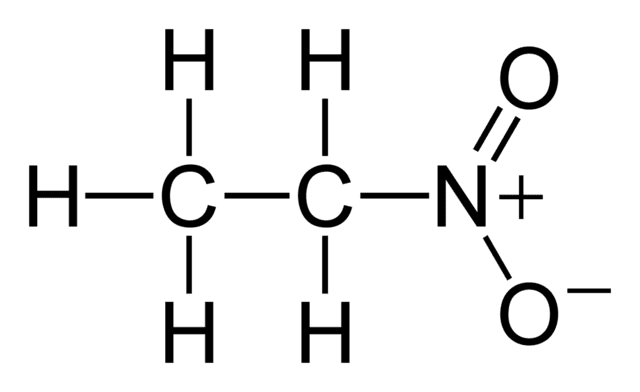
Preparation
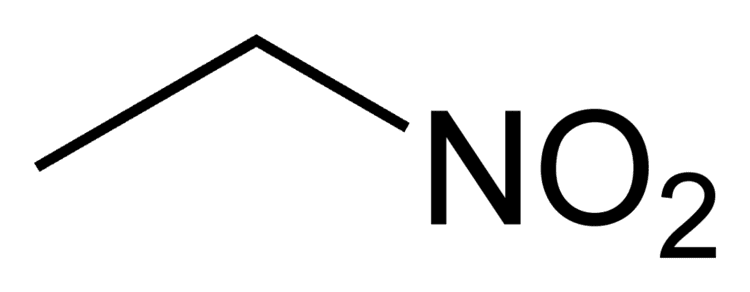
Nitroethane is produced industrially by treating propane with nitric acid at 350–450 °C. This exothermic reaction produces four industrially significant nitroalkanes: nitromethane, nitroethane, 1-nitropropane, and 2-nitropropane. The reaction involves free radicals, such as CH3CH2CH2O., which arise via homolysis of the corresponding nitrite ester. These alkoxy radicals are susceptible to C—C fragmentation reactions, which explains the formation of a mixture of products.
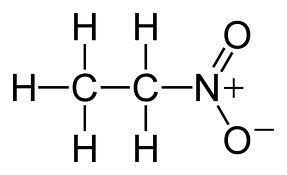
Alternatively, nitroethane can be produced by the Victor Meyer reaction with either bromoethane or iodoethane with silver nitrite in a diethyl ether solvent or with the Kornblum Modification which uses the prior mentioned alkyl halides with the less soluble sodium nitrite salt in either a dimethyl sulfoxide or dimethylformamide solvent.
Uses
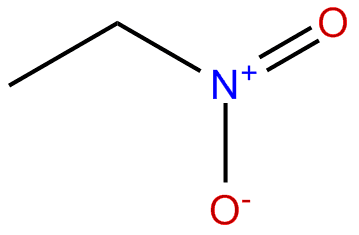
Via condensations like the Henry reaction, nitroethane converts to several compounds of commercial interest. Condensation with 3,4-dimethoxybenzaldehyde affords the precursor to the antihypertensive drug methyldopa; condensation with unsubstituted benzaldehyde yields phenyl-2-nitropropene. Nitroethane condenses with two equivalents of formaldehyde to give, after hydrogenation, 2-amino-2-methyl-1,3-propanediol, which in turn condenses with oleic acid to give an oxazoline, which protonates to give a cationic surfactant.
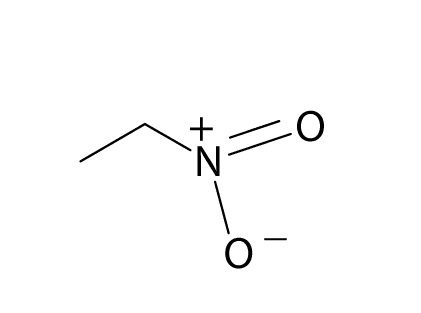
Like some other nitrated organic compounds, nitroethane is also used as a fuel additive and a precursor to explosives.
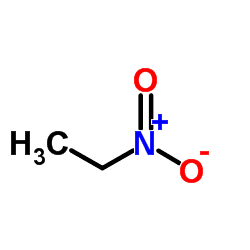
Nitroethane is a useful solvent for polymers such as polystyrene and is particularly useful for dissolving cyanoacrylate adhesives. In niche applications, it has been used as a component in artificial nail remover and in overhead ceiling sealant sprays.
Nitroethane has been used as a chemical feedstock in clandestine laboratories for synthesis of controlled substances such as amphetamines.
Toxicity
Nitroethane is suspected to cause genetic damage and be harmful to the nervous system. Typical TLV/TWA is 100 ppm. Typical STEL is 150 ppm. Skin contact causes dermatitis in humans. In animal studies, nitroethane exposure was observed to cause lacrimation, dyspnea, pulmonary rales, edema, liver and kidney injury, and narcosis. Children have been poisoned by accidental ingestion of artificial nail remover.
The LD50 for rats is reported as 1100 mg/kg.
